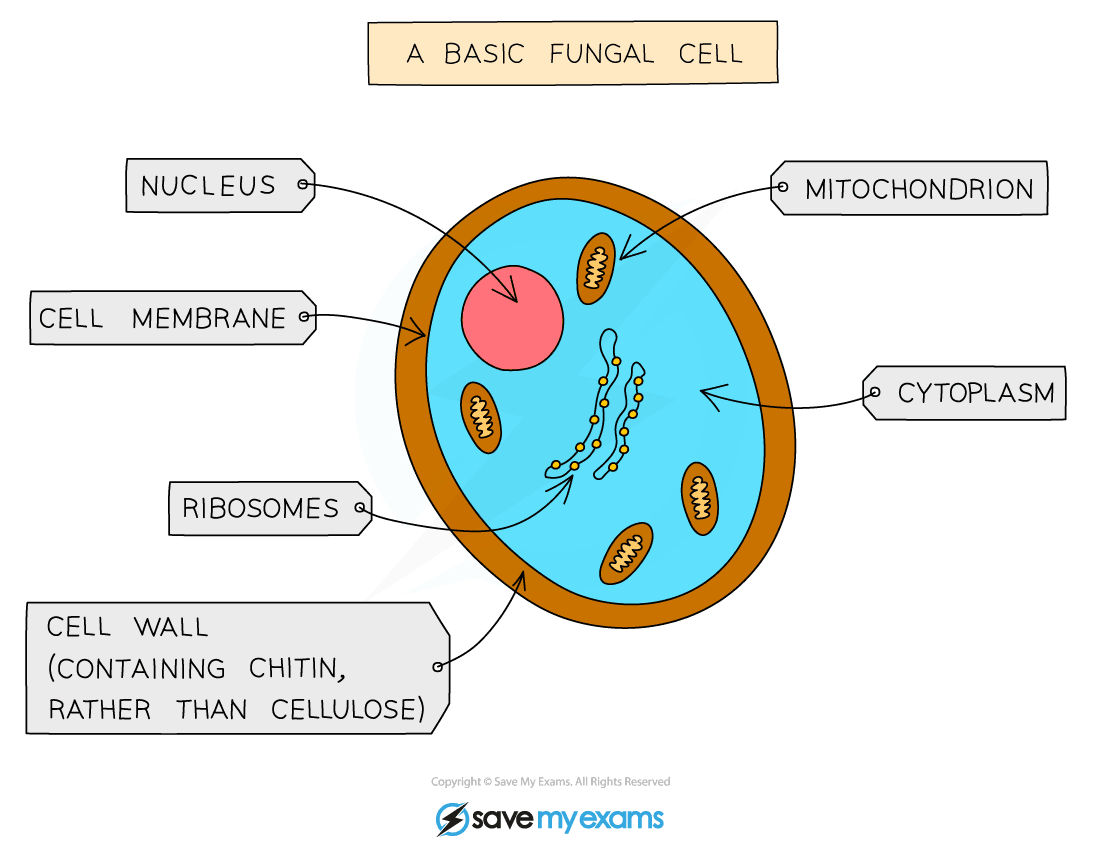
Eukaryotic Organisms Fungi & Protoctists Gidemy Class Notes
Cell Structure and Function. Fungi are eukaryotes, and as such, have a complex cellular organization. As eukaryotes, fungal cells contain a membrane-bound nucleus. The DNA in the nucleus is wrapped around histone proteins, as is observed in other eukaryotic cells. A few types of fungi have structures comparable to bacterial plasmids (loops of.

Fungal Cell Structure Stock Illustrations 220 Fungal Cell Structure Stock Illustrations
Cell Structure and Function. Fungi are eukaryotes, and as such, have a complex cellular organization. As eukaryotes, fungal cells contain a membrane-bound nucleus. The DNA in the nucleus is wrapped around histone proteins, as is observed in other eukaryotic cells. A few types of fungi have structures comparable to bacterial plasmids (loops of.
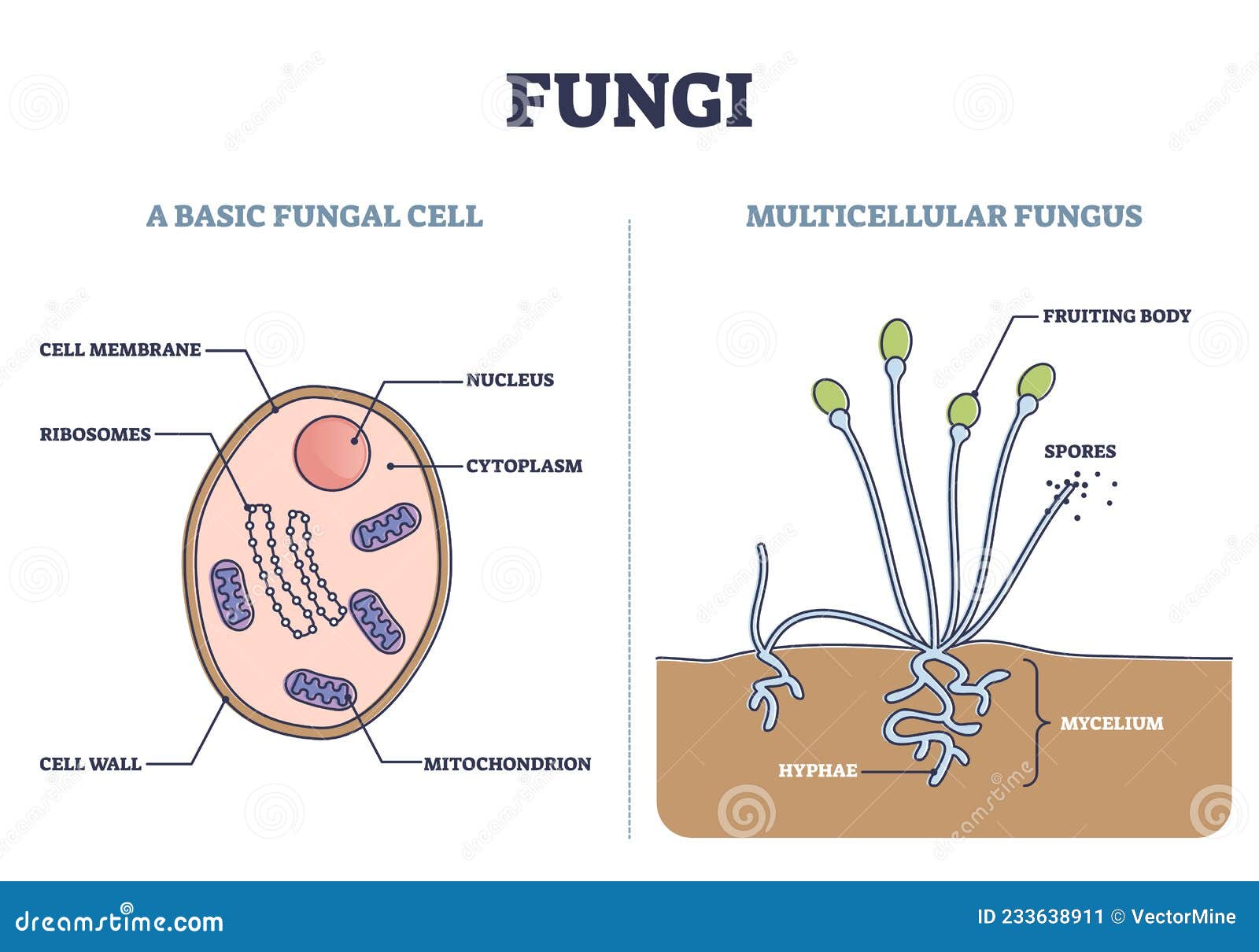
Fungi As Basic Fungal Cell and Multicellular Fungus Structure Outline Diagram Stock Vector
Cell Structure and Function Fungi are eukaryotes and as such have a complex cellular organization.
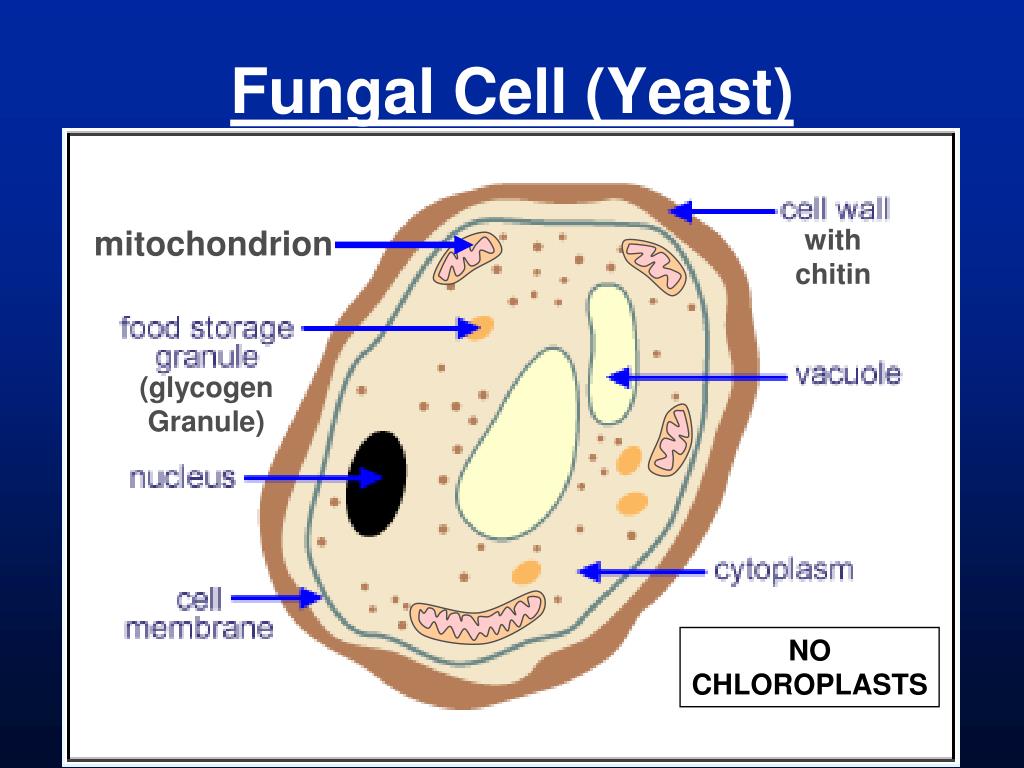
PPT Lab 10. Overview PowerPoint Presentation, free download ID4944026
In this context, we will discuss the structure of fungi by looking into the diagram and morphological features of both yeasts and moulds. Content: Fungal Cell Structure Characteristics Ultrastructure Structure of Yeasts Structure of Molds Distinguishing Characteristics of Fungi Fungal cells show resemblance to both plant and animal cells.
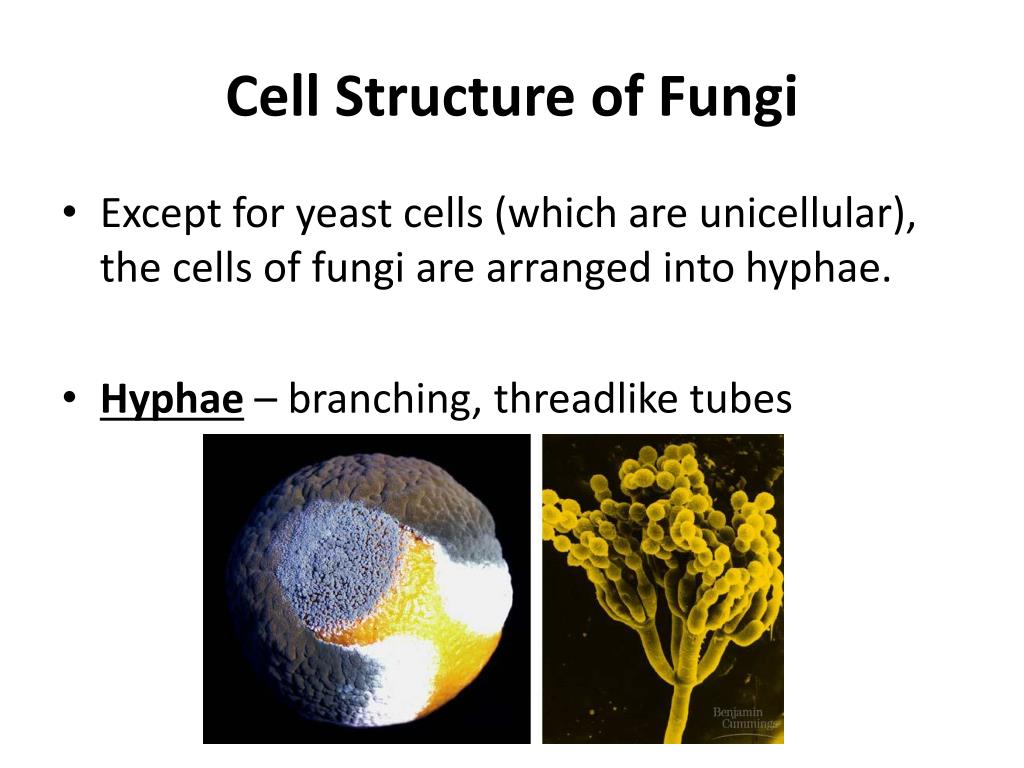
PPT Introduction to Fungi PowerPoint Presentation, free download ID2001302
A fungus ( pl.: fungi [2] or funguses [3]) is any member of the group of eukaryotic organisms that includes microorganisms such as yeasts and molds, as well as the more familiar mushrooms. These organisms are classified as one of the traditional eukaryotic kingdoms, along with Animalia, Plantae and either Protista [4] or Protozoa and Chromista. [5]

Fungi........
Fungal cell structure • Yeasts (unicellular, budding) • Molds (hyphae, mycelia, spores) • Dimorphs (both) Pathogenesis Toxins: produced, but not relevant to human infections Disease from: Bulk of organisms Immune response to them or their byproducts. 2 Overview of fungal infections
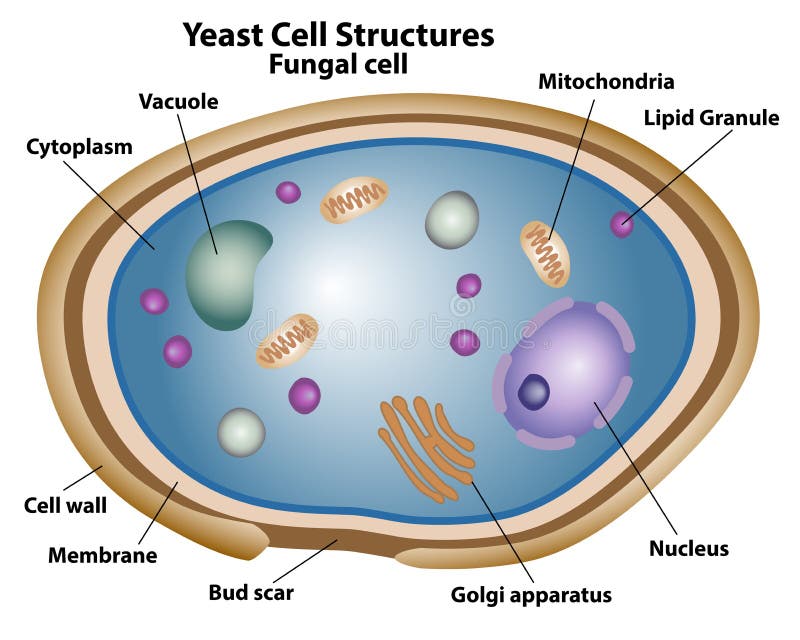
Fungal Cell Structure. Fungi Hyphae with Septa Stock Vector Illustration of biological
The cell wall is a characteristic structure of fungi and is composed mainly of glucans, chitin and glycoproteins. As the components of the fungal cell wall are not present in humans, this structure is an excellent target for antifungal therapy.

Fungi Cell Stock Illustration Download Image Now Hypha, Fungus, Biological Cell iStock
Cell Structure and Function Fungi are eukaryotes, and as such, have a complex cellular organization. As eukaryotes, fungal cells contain a membrane-bound nucleus. The DNA in the nucleus is wrapped around histone proteins, as is observed in other eukaryotic cells.

Divisione delle cellule fungine Immagini Vettoriali Stock Alamy
Structure of Fungi. Except for yeasts, which grow as single cells, most fungi grow as thread-like filaments, like those s hown in Figure below. The filaments are called hyphae (singular, hypha). Each hypha consists of one or more cells surrounded by a tubular cell wall. A mass of hyphae make up the body of a fungus, which is called a mycelium.

Kingdom Fungi In Detail Biology Blog
Structure of Fungal Cell (With Diagram) | Fungi Article Shared by ADVERTISEMENTS: In this article we will discuss about the structure of fungal cell. This will also help you to draw the structure and diagram of the fungal cell. (a) The Cell Wall of the Fungal Cell:

Morphology
Cell Structure and Function. Fungi are eukaryotes, and as such, have a complex cellular organization. As eukaryotes, fungal cells contain a membrane-bound nucleus. The DNA in the nucleus is wrapped around histone proteins, as is observed in other eukaryotic cells. A few types of fungi have structures comparable to bacterial plasmids (loops of.

Types of Cells Biology Dictionary
A typical fungus consists of a mass of branched, tubular filaments enclosed by a rigid cell wall.The filaments, called hyphae (singular hypha), branch repeatedly into a complicated, radially expanding network called the mycelium, which makes up the thallus, or undifferentiated body, of the typical fungus.The mycelium grows by utilizing nutrients from the environment and, upon reaching a.

Fungi (Importance, Classification and More) Solution Pharmacy
Cell Structure and Function. Fungi are eukaryotes and as such have a complex cellular organization. As eukaryotes, fungal cells contain a membrane-bound nucleus. A few types of fungi have structures comparable to the plasmids (loops of DNA) seen in bacteria. Fungal cells also contain mitochondria and a complex system of internal membranes.

Science Class 5EP
Fungi on the Phylogenetic Tree of Life. Fungi are a monophyletic group of eukaryotic heterotrophs that is closely related to animals. As eukaryotes, their cells contain a nucleus, mitochondria, and a complex system of internal membrane including the endoplasmic reticulum and Golgi apparatus. Unlike plant cells, fungal cells do not have.

Fungus Cell Wall Yeast Biology, PNG, 1080x1080px, Fungus, Biology, Cell, Cell Wall, Chitin
Human pathogenic fungi produce three basic 'cell' types: hyphae, yeast cells, and spores. The organization and subcellular structure of these different cell types and their modes of growth and formation are reviewed. Growth and form is the consequence of how new cell surface is formed.
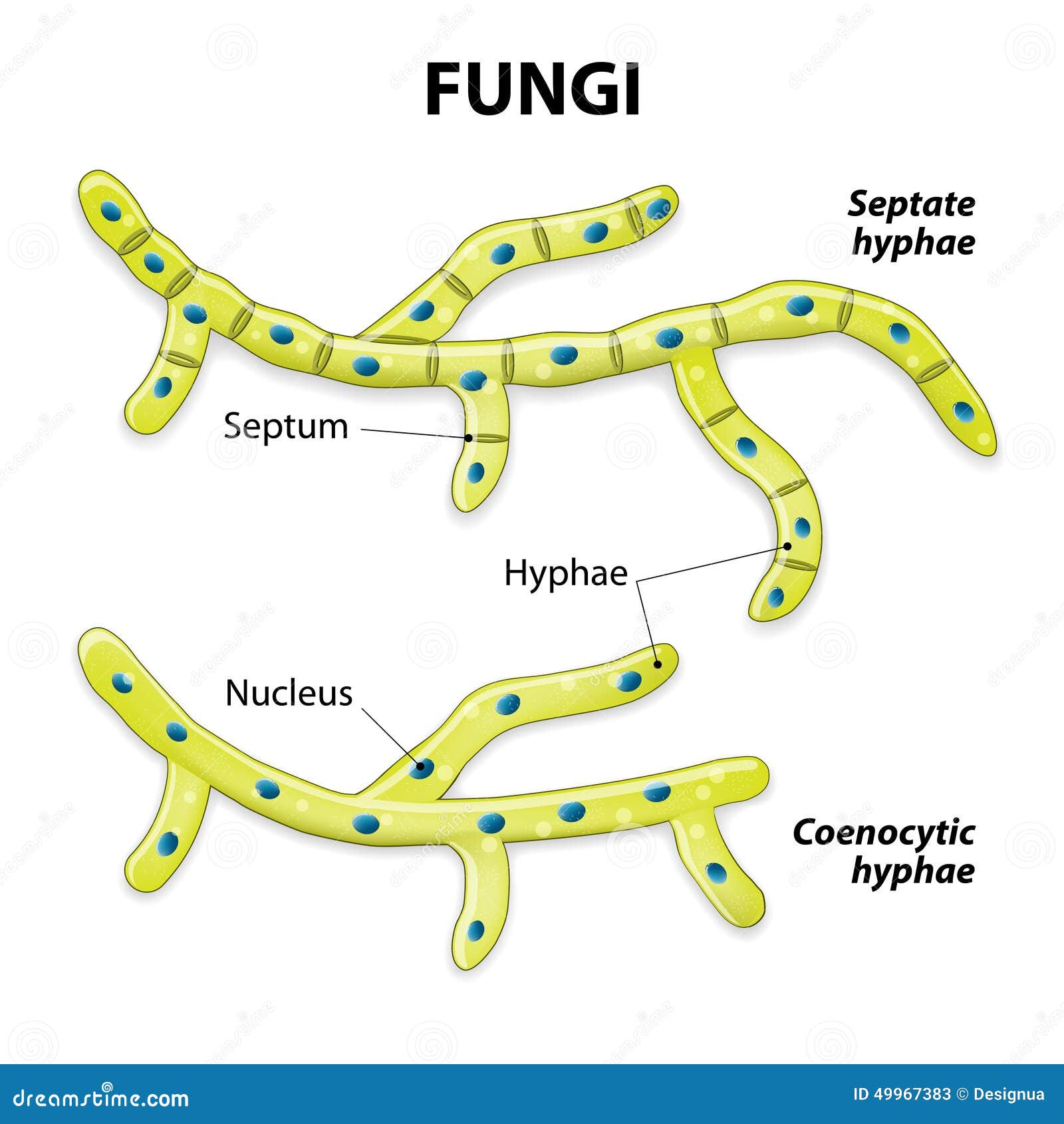
Fungi. Classification Based on Cell Division Stock Vector Illustration of human, multicellular
24.1 24.1 Characteristics of Fungi Highlights Learning Objectives By the end of this section, you will be able to do the following: List the characteristics of fungi Describe the composition of the mycelium Describe the mode of nutrition of fungi Explain sexual and asexual reproduction in fungi